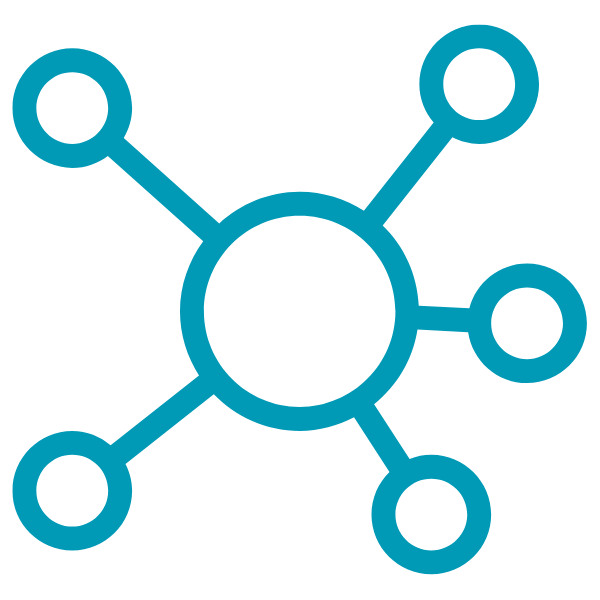STRATEGY FOCUS
Concept Mapping
PURPOSE
Concept Maps are visual organizers of information that students create using words and phrases on charts, graphic organizers, tables, flowcharts, Venn Diagrams, timelines, T-charts, etc. They can be used in any content area and help students identify and understand relationships among new ideas, concepts, academic vocabulary, or essential questions. Concept Maps can take many forms and be personalized by students when organizing the content in a way that makes the most sense to them.

PROCESS
- Identify the major idea, concept, or essential question that you would like for students to explore in depth using the Concept Mapping strategy.
- Explain to students that they will be creating a Concept Map and show them an example.
- Introduce the major idea, concept, or essential question and ask students to brainstorm relevant words, phrases and ideas. They may do this independently, with partners or as a whole class.
- Have students write the major idea, concept, or essential question in the center of a piece of paper and sort the ideas from their brainstorming to graphically organize them on the page. When doing this, students may organize their brainstorming around putting similar ideas together or by the types of relationships they see, such as hierarchy, timeline, small to large, etc. They can use lines, arrows, color, etc. to represent how ideas are connected. If you have a particular format or template of a Concept Mapping graphic organizer that you want students to use, provide it to them for use during this step.
- Use an Academic Dialogue strategy such as Paired Verbal Fluency to have students share their Concept Maps with a partner and explain their thinking around the connections they made and build on and clarify their thinking.
PROBING QUESTIONS
CONSIDERATIONS
- How were the Concept Maps created by your classmates the same and/or different from your own? Why?
- How did creating a Concept Map help you learn the material?
- Based on your Concept Map, what conclusions can you draw about what you learned?
- There is no right or wrong way to make a Concept Map. The one key step is to focus on the ways ideas are linked to each other.
- Concept Mapping can be used before a unit of study to generate ideas and determine prior knowledge, and then revisited and revised during and after the unit based on the new knowledge.
- When students are learning to use Concept Maps, it is a good idea to use content that is relevant and accessible to them so they can focus on the process more than the content.
- You can find a variety of printable and digital Concept Mapping templates online.
Your content goes here. Edit or remove this text inline or in the module Content settings. You can also style every aspect of this content in the module Design settings and even apply custom CSS to this text in the module Advanced settings.
PDF Reproducible
CONTENT APPLICATIONS
![]()
SOCIAL STUDIES
Students begin with a document-based question (DBQ) related to the Civil War and identify and connect related aspects such as historical background, slavery, state’s rights, etc.

VISUAL & PERFORMING ARTS
Students begin with a topic such as elements of art to identify the various elements (space, color, etc.) and brainstorm ideas, concepts, and examples related to the elements (positive and negative space, primary and secondary colors, etc.)
 SCIENCE
SCIENCE
After developing a conceptual understanding of multiple Tier II and Tier 3 vocabulary words, students identify relationships between the words or concepts and explain how they relate to the lesson or unit question.
![]()
MATHEMATICS
Students analyze circles and make connections that depict relationships between the concepts related to circles, such as circumference, radius, diameter, center, etc.
![]()
HEALTH & PHYSICAL EDUCATION
Students analyze the impact of the Pandemic on a person’s physical (Covid 19, exercise, unhealthy habits, etc.) and mental health (stress, environment, perspective, etc.)
![]()
WORLD LANGUAGES
Students studying the culture of a specific country or area identify various factors that contribute to the culture.
Sources
Concept maps. Learning Center. (2021, September 24). Retrieved March 3, 2022, from https://learningcenter.unc.edu/tips-and-tools/using-concept-maps/#:~:text=Concept%20maps%20are%20visual%20representations,benefit%20any%20type%20of%20learner
Concept maps: Generate, Sort, connect, elaborate. Facing History and Ourselves. (n.d.). Retrieved March 3, 2022, from https://www.facinghistory.org/resource-library/teaching-strategies/concept-maps-generate-sort-connect-elaborate

